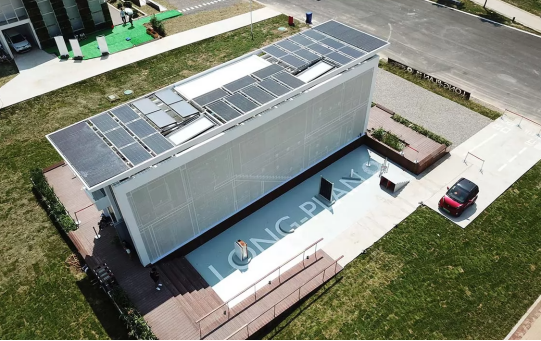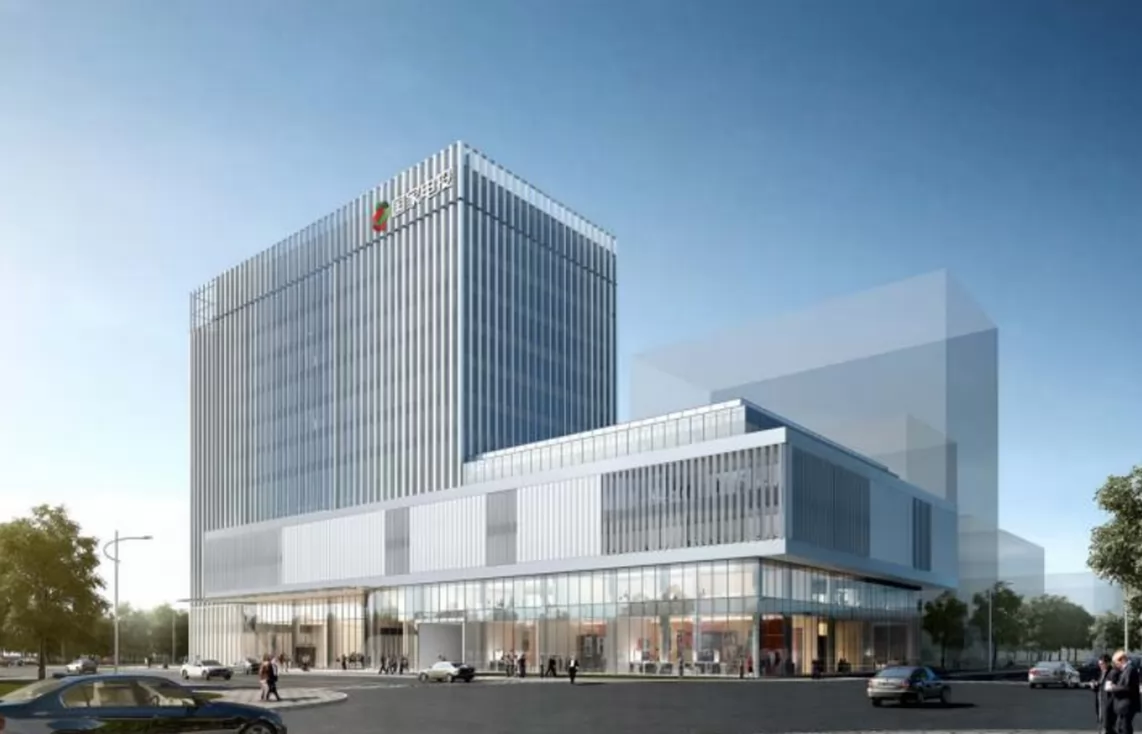Aug. 22, 2023

In recent years, the global push towards sustainable and renewable energy solutions has led to the increased adoption of Building Integrated Photovoltaic (BIPV) systems. BIPV offers a unique approach to both generating clean energy and integrating it seamlessly into architectural designs. This article explores the installation process and diverse applications of BIPV systems.
The installation of BIPV systems involves the integration of solar panels directly into the building's structure, such as roofs, facades, windows, and canopies. This integration eliminates the need for separate, traditional solar panels, creating a more aesthetically pleasing and space-efficient solution. The process generally consists of the following steps:
Design and Planning: A collaborative effort between architects, engineers, and solar experts is crucial to ensure the BIPV system harmonizes with the building's design while optimizing solar exposure.
Material Selection: BIPV panels come in various forms. The choice depends on factors like efficiency, aesthetics, and intended use.
Integration: During construction or renovation, the BIPV panels are seamlessly integrated into the building elements. This requires coordination between construction teams to ensure proper wiring, structural integrity, and weatherproofing.
Electrical Setup: The BIPV system's electrical components are connected to the building's power distribution system. This may involve installing inverters, batteries for energy storage, and meters to track energy production.
Testing and Commissioning: Thorough testing of the BIPV system's electrical connections, energy production, and safety measures is essential before the system goes live.

Residential Buildings: BIPV panels can replace traditional roofing materials or be integrated into facades, enabling homeowners to generate their own electricity while enhancing their property's aesthetics.
Commercial Structures: Offices, shopping malls, and hotels can incorporate BIPV panels into windows, atriums, and canopies. This not only generates energy but also reduces the building's carbon footprint.
Public Infrastructure: BIPV-integrated bus stops, train stations, and airports showcase the technology's potential to power essential services while providing shade and protection from the elements.
Urban Integration: Entire solar-integrated buildings in urban settings contribute to the city's energy needs and serve as a testament to sustainable urban development.
Energy Generation: BIPV systems harness solar energy, reducing reliance on fossil fuels and contributing to a greener future.
Aesthetic Integration: BIPV panels merge seamlessly with building elements, enhancing architectural aesthetics.
Space Efficiency: BIPV eliminates the need for additional space for traditional solar panels.
Cost Savings: Over time, BIPV systems can lead to reduced energy bills and potential revenue generation through surplus energy sales.
Building Integrated Photovoltaic (BIPV) systems represent a remarkable marriage of renewable energy and architecture. As technology advances and awareness of sustainable practices grows, BIPV is poised to play a pivotal role in shaping energy-efficient, visually appealing buildings while contributing to a cleaner planet.